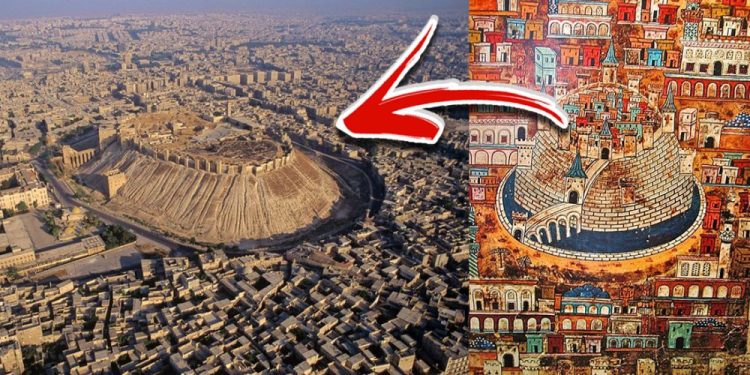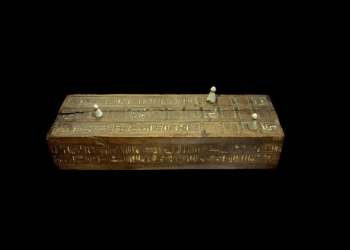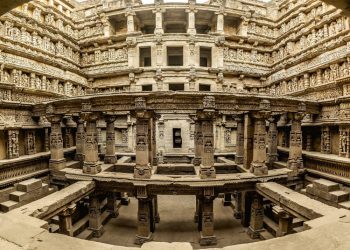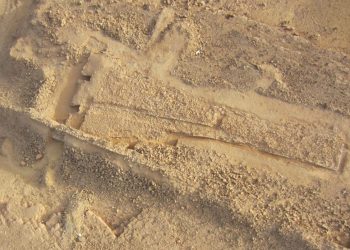How far back can we trace the roots of human civilization? What are some of the oldest cities in the world? The usual answers—Mesopotamia, Egypt, the Indus Valley—are just part of the story. Before writing, before organized religion, even before what we call history, there were cities. Some were small clusters of dwellings. Others grew into major urban centers. Many have been abandoned and rediscovered. A few are still alive and thriving.
But defining the “oldest cities in the world” isn’t as easy as it sounds. What even makes a city? Population? Buildings? Laws? Government? According to Professor M. E. Smith of Arizona State University, “cities are large, dense settlements with social heterogeneity.” In simple terms, they’re places where people lived together in organized ways—diverse, layered, and permanent.
So here’s what we’ve done: we’ve compiled 25 places where humanity first came together to build something lasting. Some are legendary. Some, you’ve probably never heard of. But each of these cities tells part of the story of who we are—and how long we’ve been doing this.
1. Jericho, Palestine

If you want the oldest of the old, start here. Jericho has been inhabited on and off since at least 9000 BCE. And it wasn’t just a camp—it had walls. The earliest known city wall anywhere on Earth was built here around 6800 BCE. That makes Jericho the earliest known walled city on record, and possibly the oldest true city, period.
2. Damascus, Syria
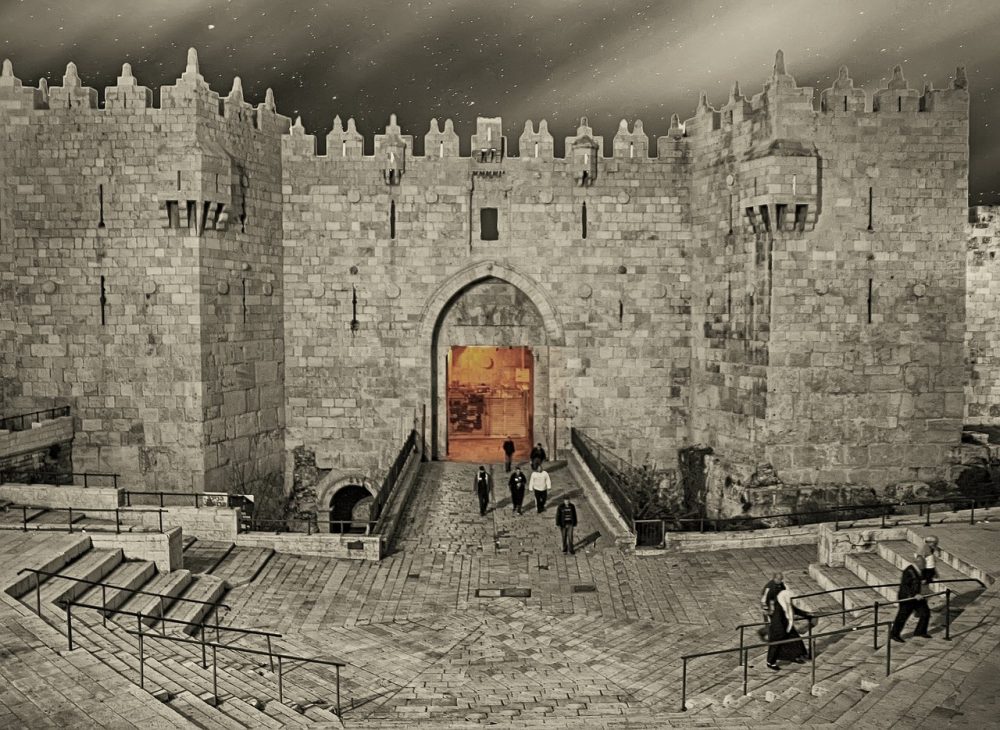
Often called the oldest continuously inhabited city in the world, Damascus has seen it all. From the ancient Arameans to the Greeks, Romans, Umayyads, and Ottomans—its streets have been walked for over 11,000 years. Archaeological digs at Tell Ramad confirm occupation back to 9000 BCE.
3. Byblos, Lebanon
Byblos was already old when the Phoenicians built ships there. It’s been occupied since around 7000 BCE and grew into a major port city by 3000 BCE. The Greeks gave it the name “Byblos”—a word that would later become “Bible.” It’s one of the few cities where every layer of history is still visible in stone.
4. Aleppo, Syria
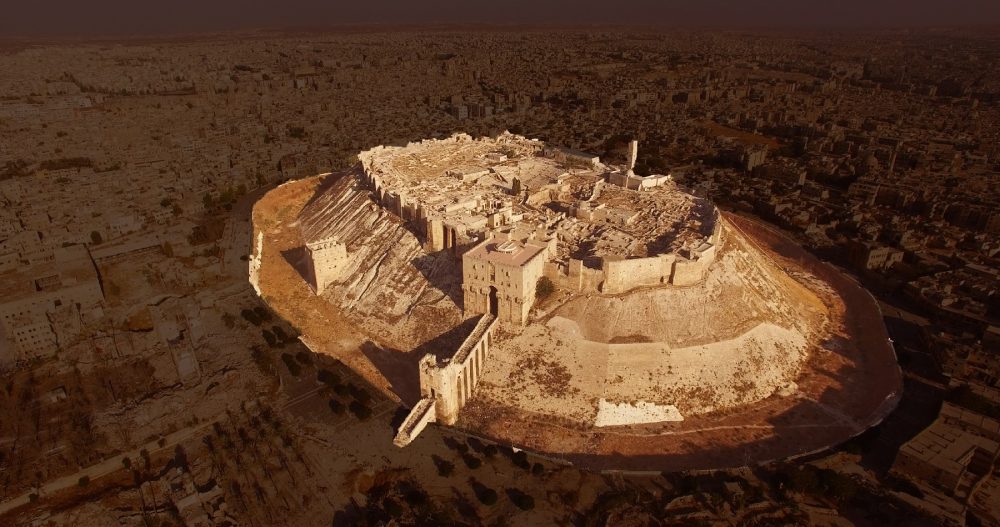
Aleppo has been continuously inhabited for thousands of years, with archaeological layers dating back at least 8,000 years. Some nearby areas, like Ain Dara, suggest human activity in the region may go back as far as 13,000 years—though this remains debated.
5. Luxor (Thebes), Egypt
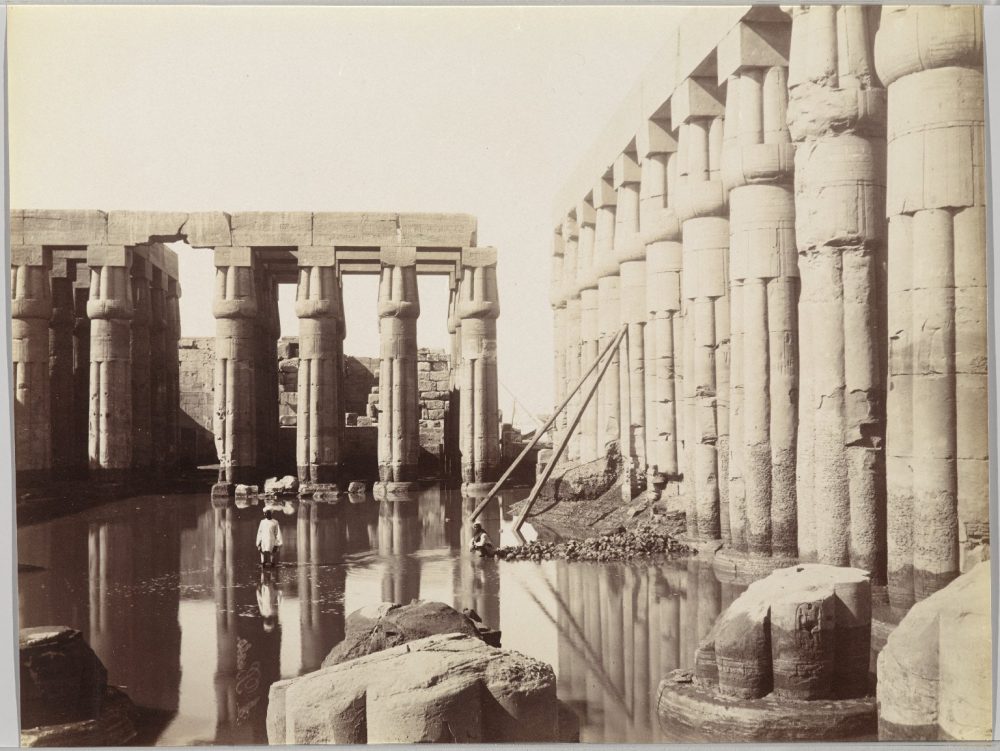
Luxor wasn’t always the city of temples and tombs. But by 3200 BCE, Thebes (as it was known) rose to prominence. It became Egypt’s spiritual center, home to the Valley of the Kings, Karnak, and Luxor Temple. Even in decline, Thebes remained sacred—its ruins still draw thousands every year.
6. Uruk, Iraq
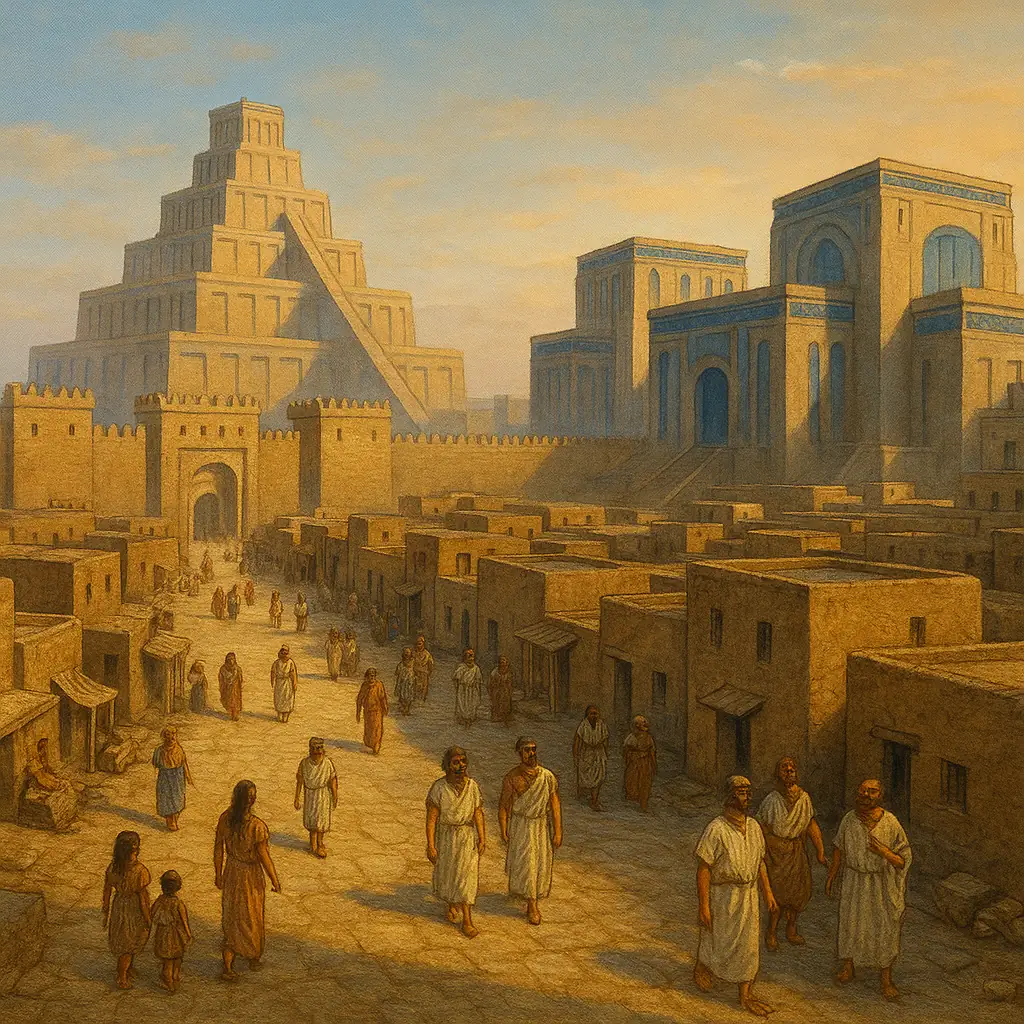
This is the city of Gilgamesh. Uruk began around 5000 BCE and was one of the first places on Earth to have writing, monumental temples, and a city wall that spanned nine kilometers. Archaeologists have found layer after layer of city life stacked atop each other—each telling part of humanity’s earliest urban story.
7. Eridu, Iraq
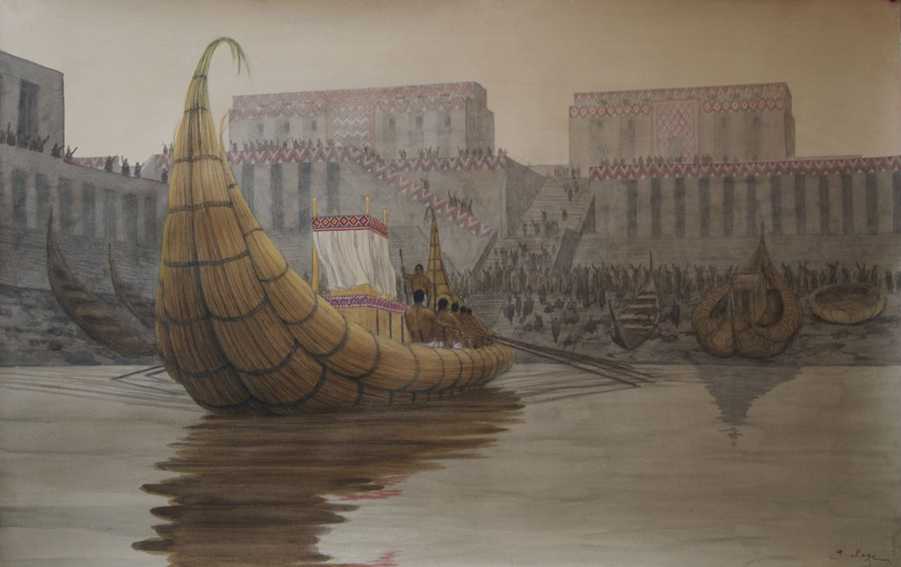
According to the Sumerians, this was the first city ever created. The Sumerian King List begins: “When kingship was lowered from heaven, it was in Eridu.” Founded around 5400 BCE, it was a sacred city long before the rise of empires. And while it was eventually abandoned, its legacy is still buried in clay tablets and temple ruins.
8. Sidon, Lebanon
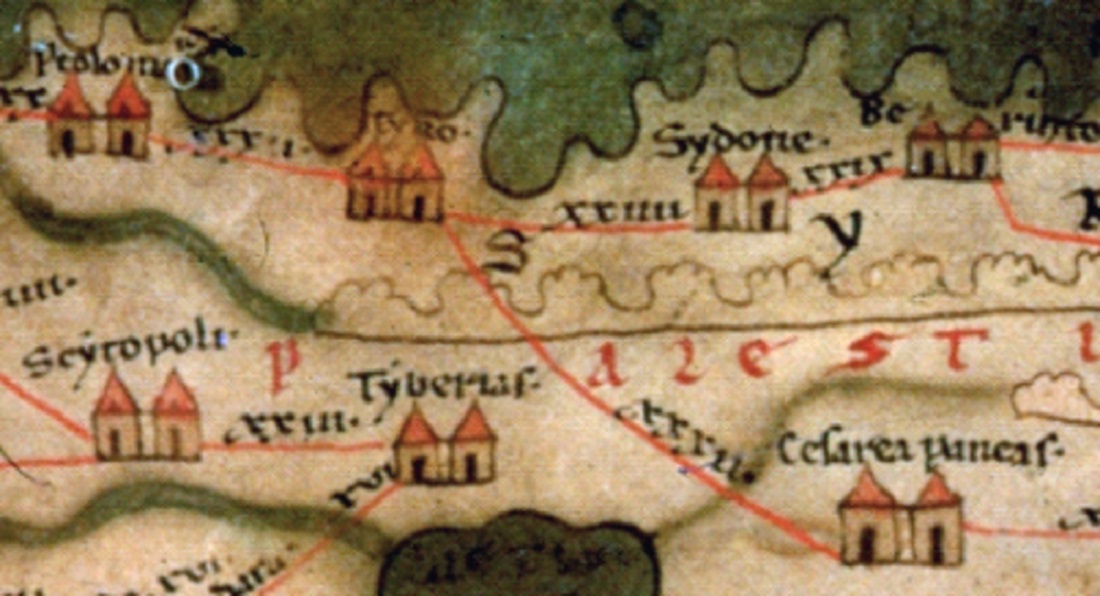
One of the most powerful Phoenician cities, Sidon was settled more than 6,000 years ago. Its port was vital for trade, and its glass-making and dye industries became world-famous. Today, it’s still inhabited—still facing the same sea its ancestors sailed across.
9. Varanasi, India
Varanasi is one of the oldest inhabited cities in India, with archaeological findings dating to at least 1800 BCE. According to Hindu tradition, it was founded by Lord Shiva—a claim rooted in mythology but deeply meaningful to its cultural identity.
10. Faiyum (Crocodilopolis), Egypt
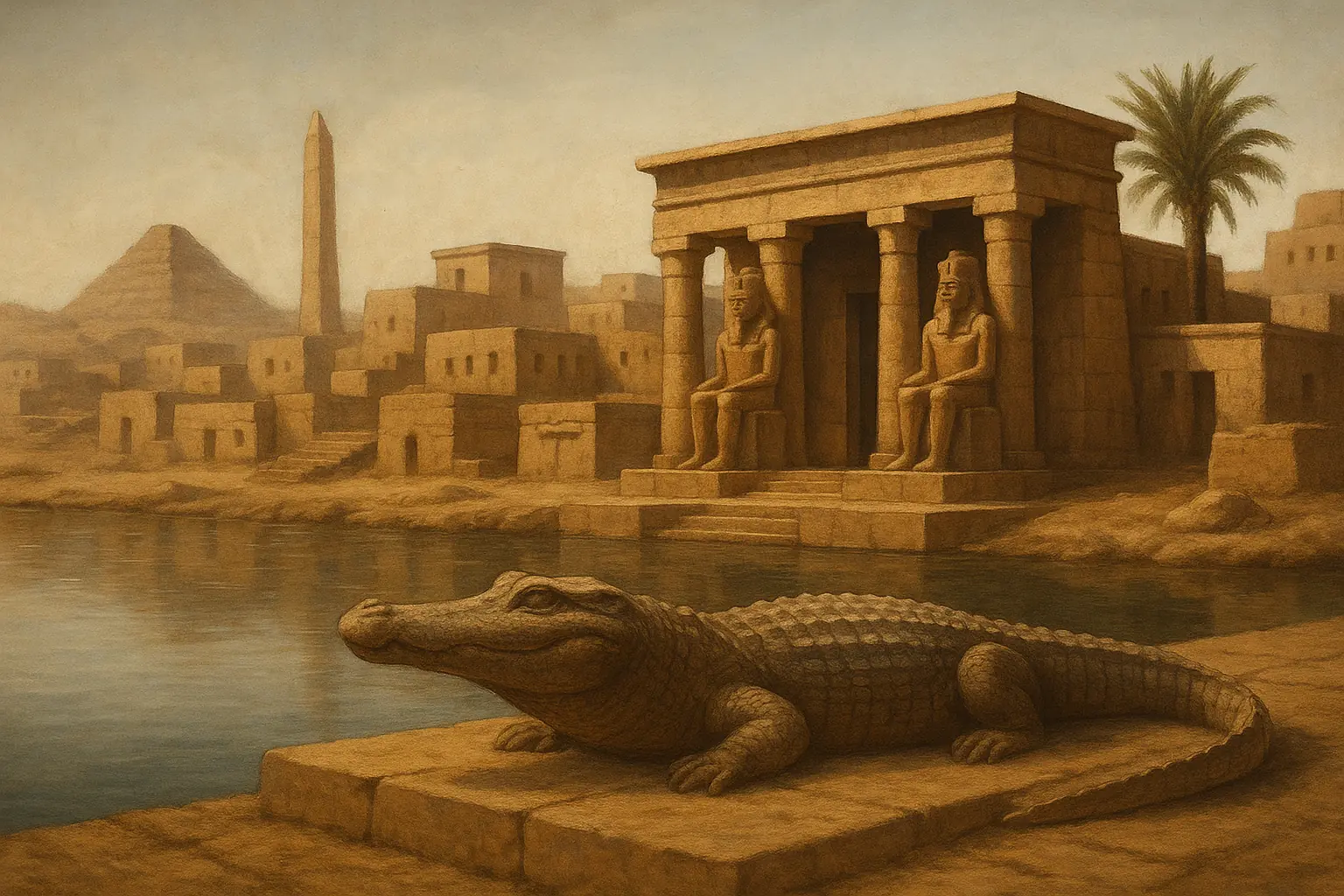
Founded around 4000 BCE, this city was built near a large lake and became a center for worship of the crocodile god Sobek. Its name—Crocodilopolis—says everything. Sacred crocodiles were kept in temple ponds here, and for thousands of years, this strange cult city thrived.
11. Rey (Rhages), Iran
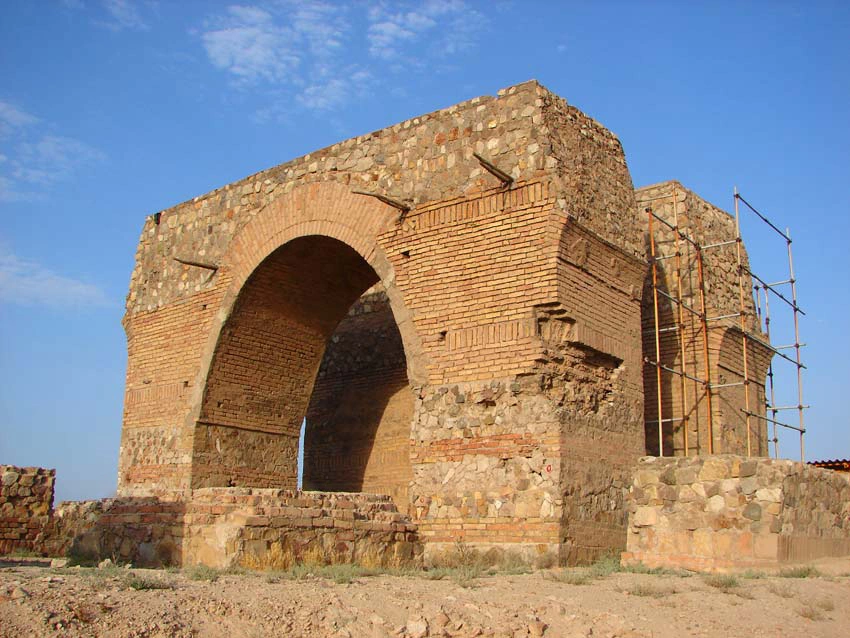
Now part of Tehran’s metro area, Rey was once one of the most important cities in the ancient Iranian world. Habitation here goes back to around 6000 BCE. It’s even mentioned in the Avesta and the Book of Tobit, connecting it to both Zoroastrianism and early Biblical lore.
12. Beirut, Lebanon
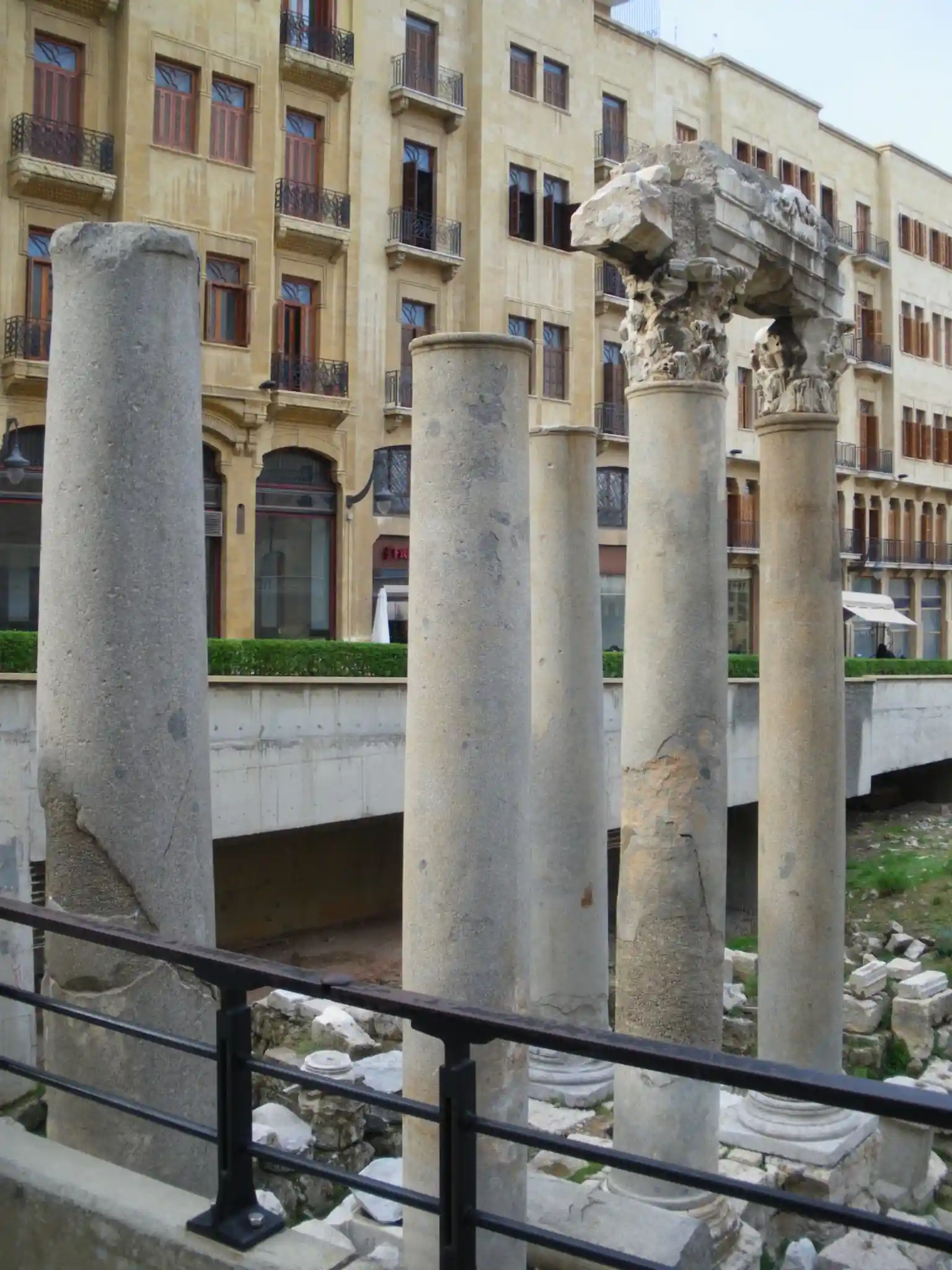
More than 5,000 years of history lie under the streets of modern Beirut. Archaeologists have uncovered layers of civilization here, including Paleolithic flint tools and Bronze Age structures. The deeper they dig, the older it gets.
13. Plovdiv, Bulgaria

One of Europe’s most ancient cities, Plovdiv has been inhabited for more than 8,000 years. Twelve meters of cultural layers show traces from Thracians, Greeks, Romans, Byzantines, and Ottomans. Today, it’s a European cultural capital built on top of itself.
14. Athens, Greece
Before democracy, before Socrates, Athens already existed. Evidence of habitation dates to at least 7000 years ago. The city became the intellectual and political center of Classical Greece—but its roots go deep into prehistory.
15. Argos, Greece
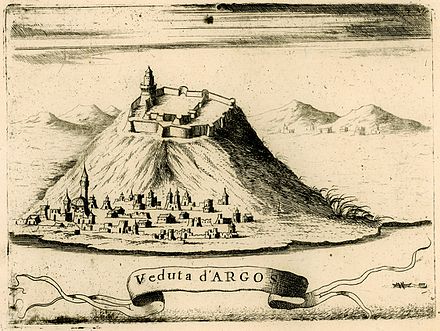
A rival to Athens in both age and legacy. Argos has been continuously inhabited for at least 7,000 years. It was a major center in Mycenaean times and remains one of Europe’s oldest living cities.
16. Jerusalem (Old City)
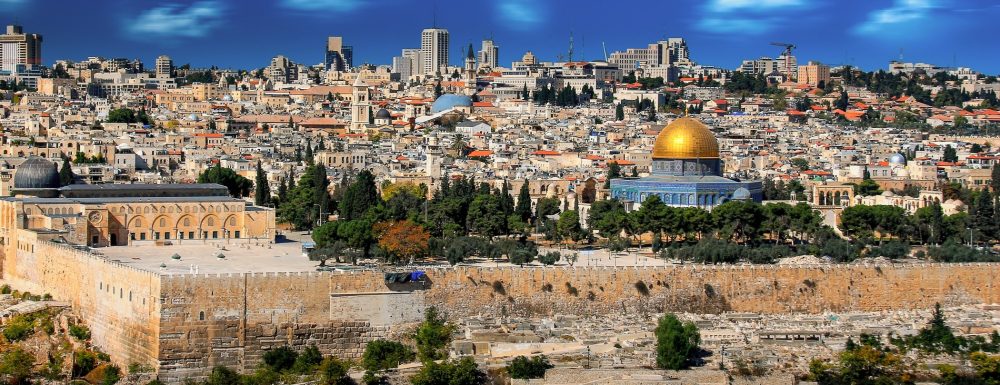
Few places on Earth have the religious gravity of Jerusalem. First settled around 3000 BCE, it became sacred to Judaism, Christianity, and Islam. Wars have razed it. Empires have rebuilt it. And still, the Old City stands—layered with memory.
17. Luoyang, China
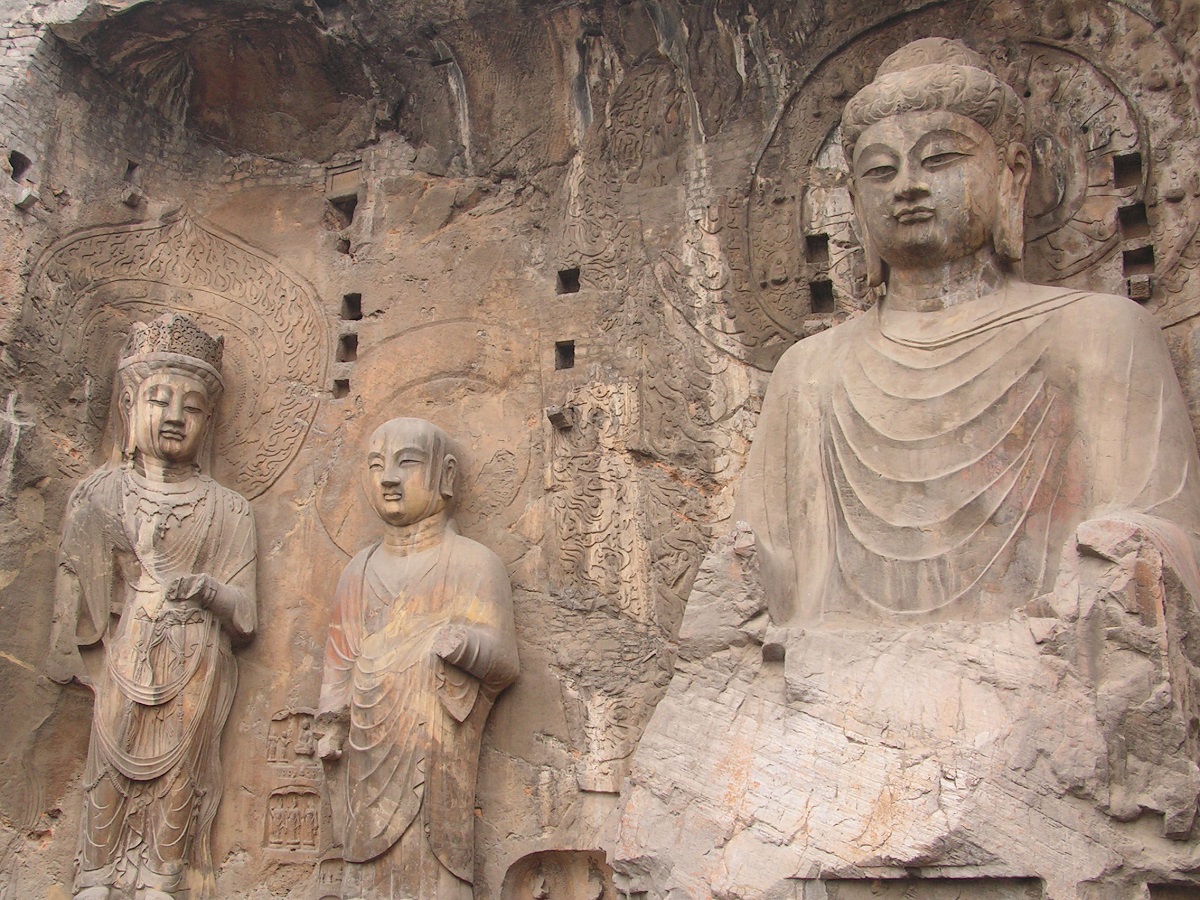
More than 4,000 years old, Luoyang is China’s oldest continuously inhabited city. It has served as a capital for over a dozen dynasties and was a key center for Confucianism and Buddhism alike. It’s one of the cradles of East Asian civilization.
18. Erbil, Iraq
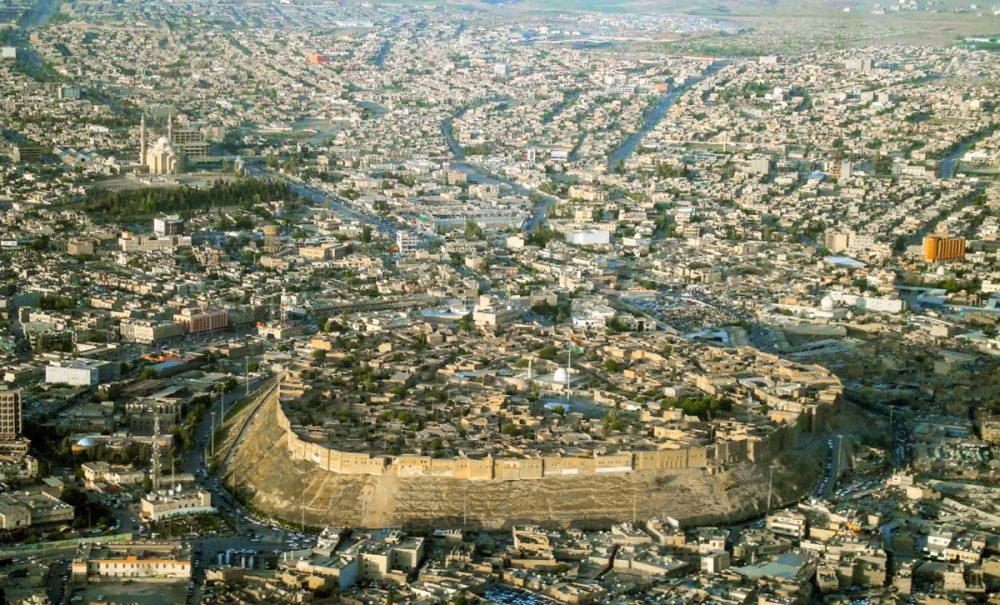
The ancient city of Arbela, now Erbil, has been continuously inhabited for at least 6,000 years. Its central citadel rises above the city—a mound built by thousands of years of human activity.
19. Cholula, Mexico
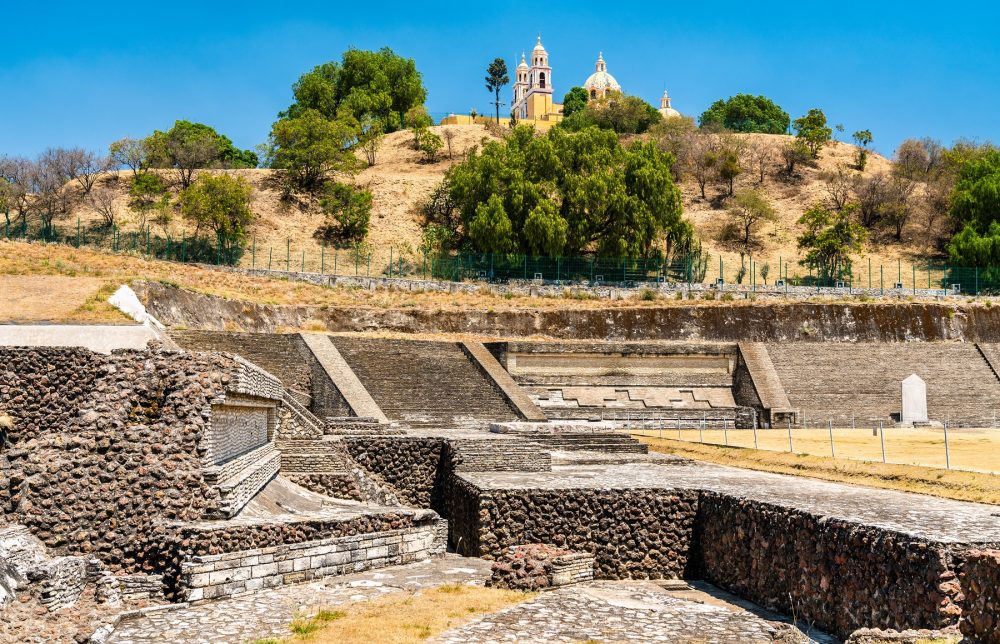
Cholula is one of the oldest continuously inhabited city in the Americas. Settled as early as the 2nd century BCE, it’s home to the Great Pyramid of Cholula—the largest pyramid (by volume) in the world, still partially hidden beneath a colonial-era church.
20. Annaba, Algeria
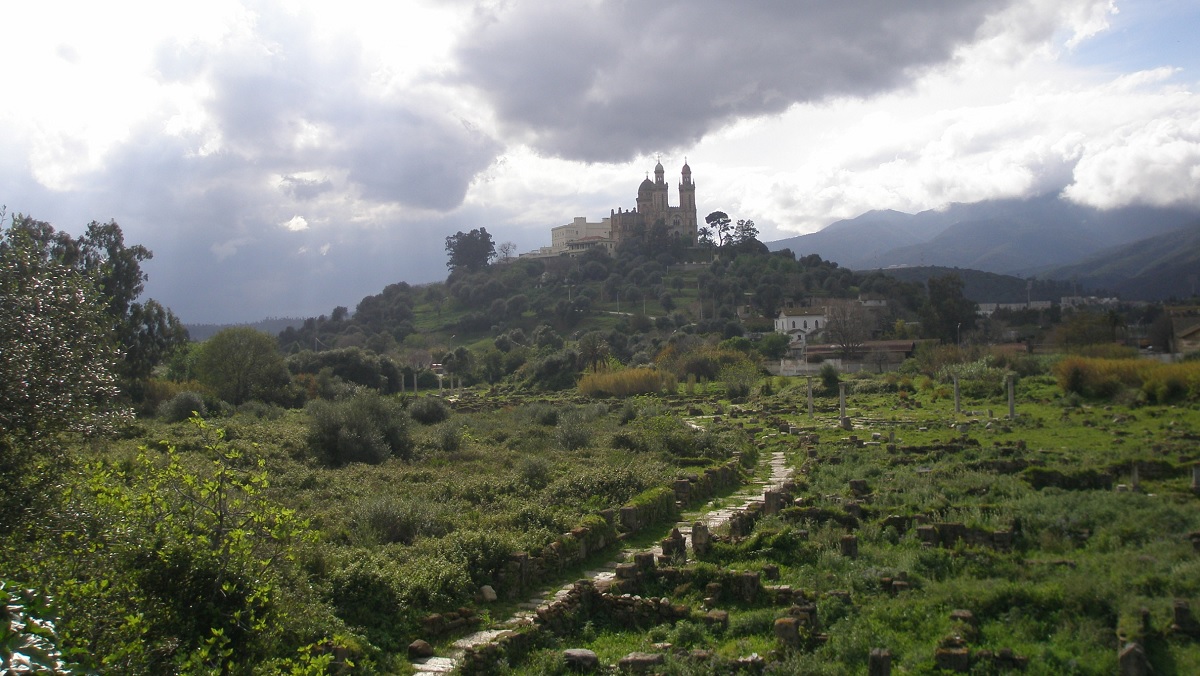
While the area around Annaba (formerly Hippo Regius) shows signs of human toolmaking from as far back as 200,000 years ago, the city itself began as a Phoenician settlement around the 12th century BCE and later became a Roman stronghold.
21. Ur, Iraq
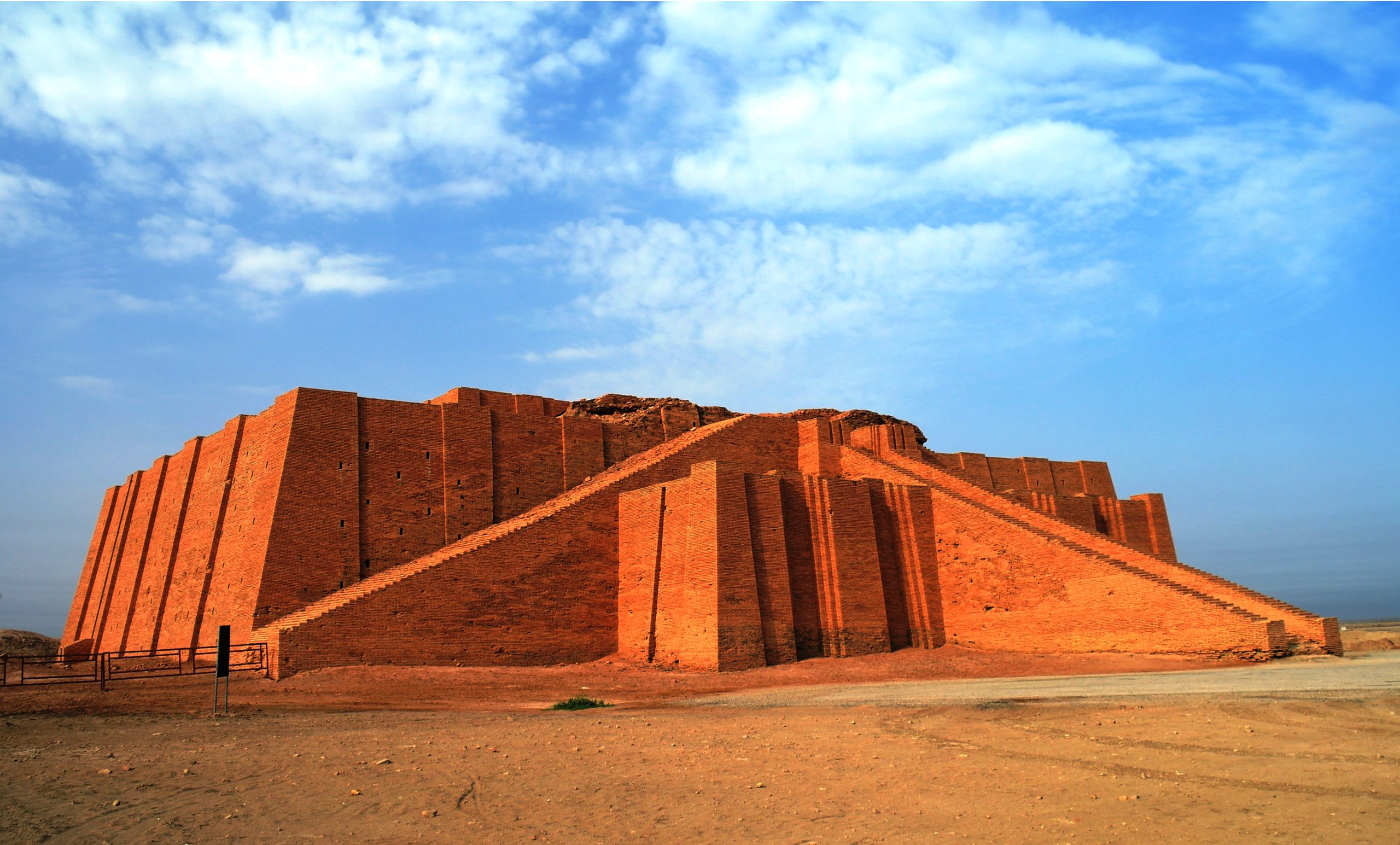
Another crown jewel of Sumerian civilization. Ur was a major city-state, home of the famous ziggurat and the Royal Tombs. Founded around 3800 BCE, it’s also believed by some traditions to be the birthplace of Abraham.
22. Homs (Emesa), Syria
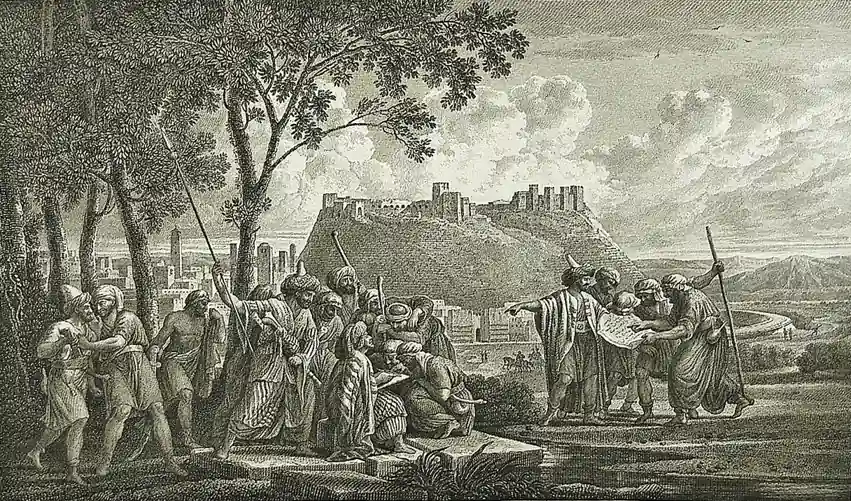
First mentioned in texts from the Bronze Age, Homs has played a quiet but continuous role in the history of the Levant. Its strategic location kept it relevant for thousands of years—from Roman Syria to the modern era.
23. Zaranj, Afghanistan
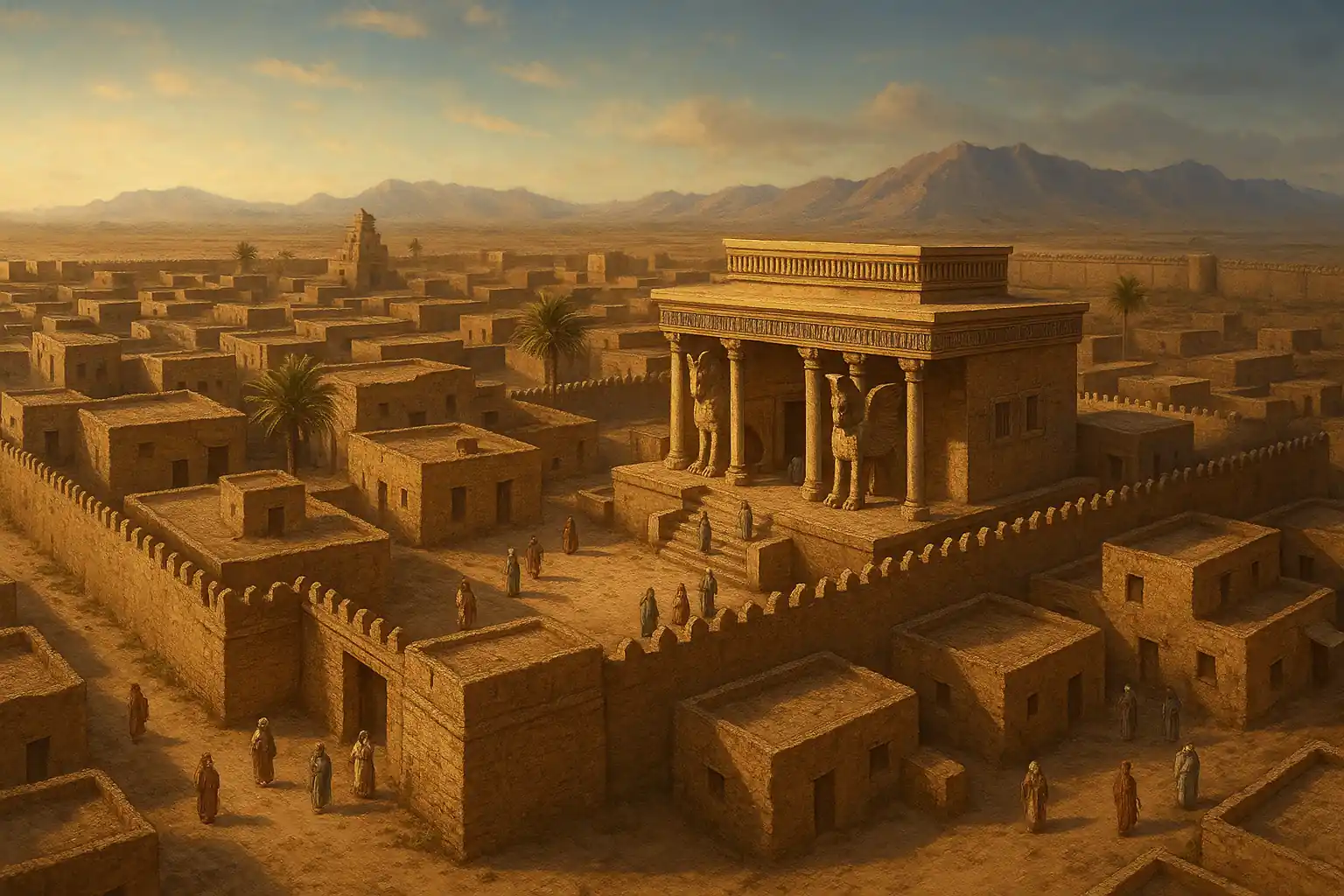
Zaranj is one of the oldest cities in southern Afghanistan, appearing in early Persian records and serving as a major center during the Achaemenid Empire. While its exact founding date is unclear, it has been a historically important city for over two millennia.
24. Rhodes, Greece

Known more for knights and the Colossus, Rhodes was settled long before its famous bronze statue. The island has Neolithic sites and Bronze Age settlements dating back to at least 3000 BCE.
25. Gaza, Palestine
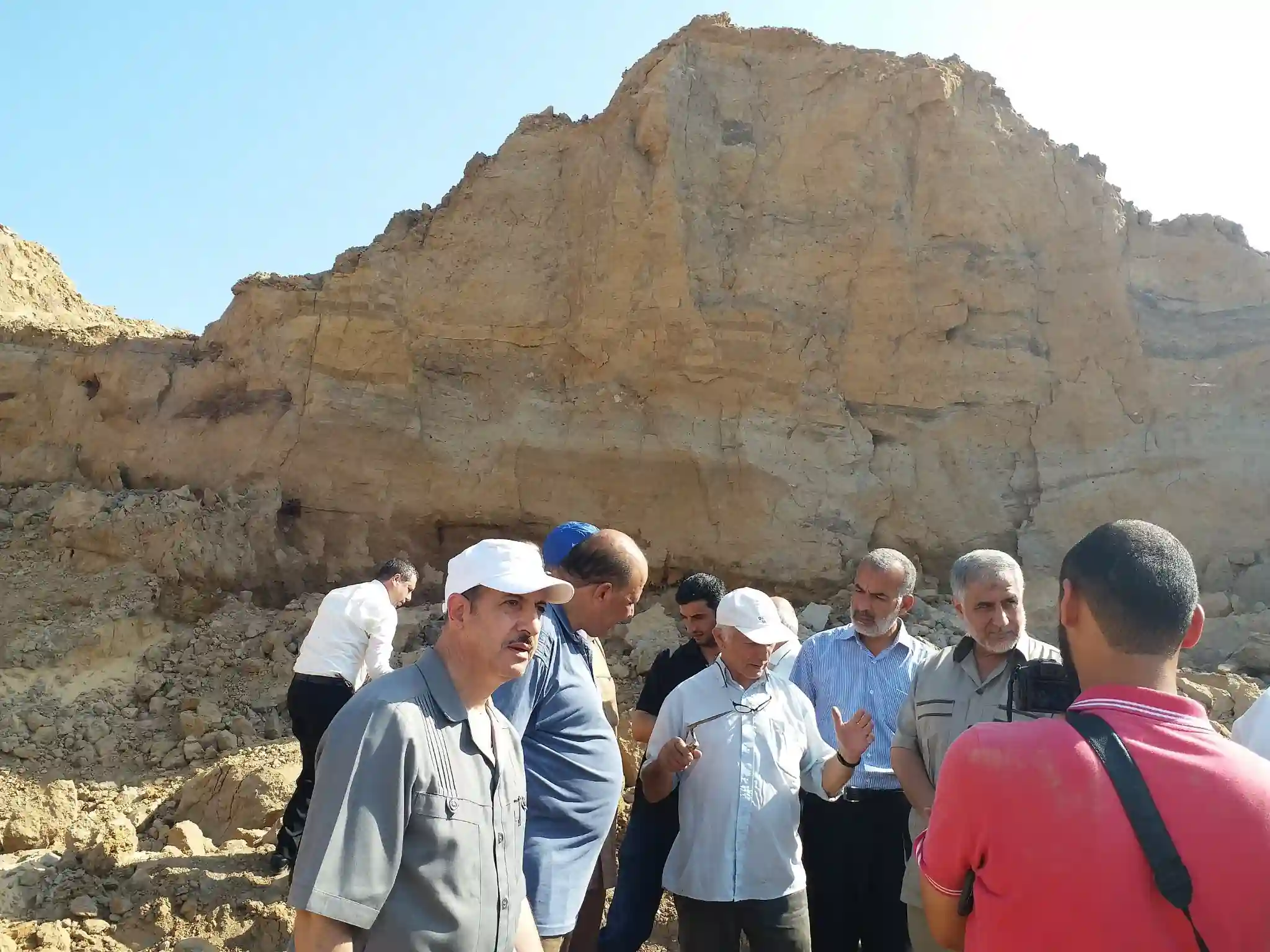
Gaza has been an urban center for over 5,000 years. It served the Egyptians, the Philistines, the Romans, and the Byzantines. Though often associated with modern conflict, its ancient past is just as complex—and just as important.
What these cities reveal
The oldest cities in the world don’t just tell us where we come from. They tell us how we lived before writing, before kings, before nations. They show us how humans built, adapted, and rebuilt again. These weren’t just places on maps—they were stories in stone, etched by time, buried and rediscovered.
Some of these cities never stopped living. Others vanished and had to be unearthed. All of them remind us that civilization didn’t begin suddenly. It rose slowly, in many places at once. And it still speaks, if we know where to listen.



